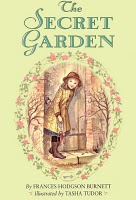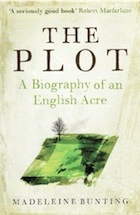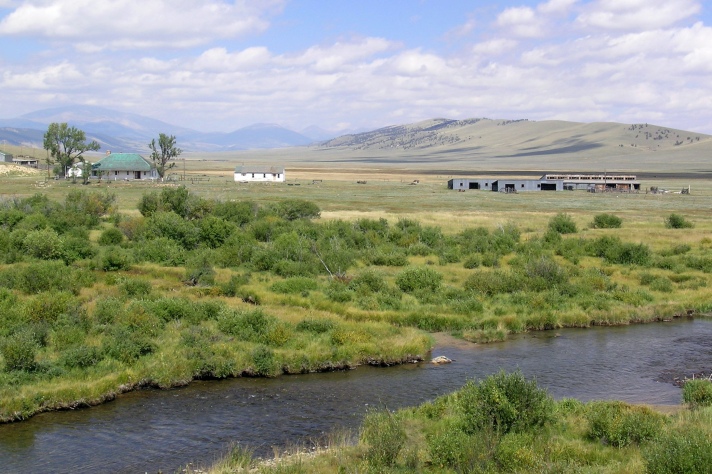
“This is about so much more than books and reading. It’s about single-parenthood and childhood, about raising a loving, articulate kid, and all of it accomplished without anyone turning into the Alpha-Parent/Tiger-Dad.” — Jim Trelease, author of The Read-Aloud Handbook
We LOVE this book, and there’s no way we can improve on the publisher’s description of Alice Ozma’s The Reading Promise: My Father and the Books We Shared: “When Alice was in fourth grade, she and her father — a beloved elementary school librarian — made a promise to read aloud together for 100 consecutive nights. Upon reaching their goal, they celebrated over pancakes, but it was clear that neither wanted to let go of what had become their reading ritual. They decided to continue what they came to call ‘The Streak’ for as long as they possibly could.”
Their streak continued without fail for another eight years, until Alice went off to college. Alice Ozma’s The Reading Promise is an inspiring story about how books can change lives. It also comes along at a time when librarians & booksellers need a reassuring boost! For more, be sure to visit Alice’s extremely fun website!
And here is Jim Brozina (Alice’s dad), Alice Ozma, and their happy stack of books!
“If you have been read to as a child, you are much more likely to read to your own children when they come along. Create a family tradition that can be passed on.” — Jim Brozina, from his foreword to The Reading Promise.
Luckily, Alice Ozma includes their Reading Streak Book List at the end of her book. Here’s just a few wonderful titles (which are also on the shelves of our Waterton Canyon Kids Nature Library):

Island of the Blue Dolphins by Scott O’Dell, Hatchet by Gary Paulsen, Banner in the Sky by James Ramsey Ullman

My Daniel by Pam Conrad, The Secret Garden by Frances Hodgson Burnett, The Whistling Season by Ivan Doig.
“We called it The Reading Streak, but it was really more of a promise. A promise to each other, a promise to ourselves. A promise to always be there and to never give up. It was a promise of hope in hopeless times. It was a promise of comfort when things got uncomfortable. And we kept our promise to each other.
But more than that, it was a promise to the world: a promise to remember the power of the written word, to take time to cherish it, to protect it at all costs.” — Alice Ozma


























































